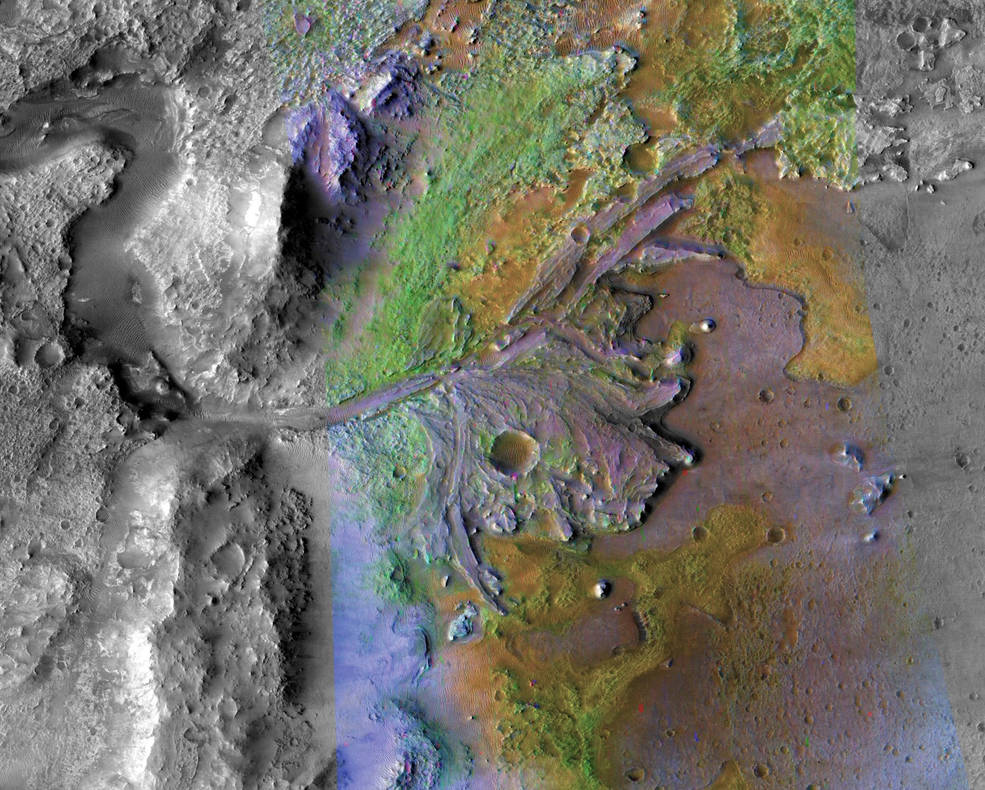
A new study involving fruit flies aboard the ISS demonstrates the importance of artificial gravity for missions to deep-space.
Continue reading

Jupiter has helped sustain life on Earth, but it might have done a better job with a more eccentric orbit.
Continue reading

The Double Asteroid Redirect Test (DART) took its first picture of the asteroid system it will collide with later this month.
Continue reading

Using the astrometry technique, an international team of astronomers has created the first 3D architecture of a binary star system with an exoplanet.
Continue reading

A new satellite launching this weekend could be conspicuously bright once it's unfurled in orbit.
Continue reading

According to a new ESA-supported study, a lunar habitat made from prefabricated inflatable modules could lead to a sustained human presence on the Moon.
Continue reading

Based on a new survey of the Milky Way's center, a team of researchers has concluded that star formation began in the middle and worked its way outward
Continue reading

A new study has confirmed that the most powerful cosmic rays in the Universe are the resulted of shock waves produced by supernovae.
Continue reading

The Perseverance rover has mapped the structure beneath the Jezero Crater, which shows signs of rocks that could have formed in the presence of water.
Continue reading

















































